Hunting
DISCOVER NEW DUCK AND GOOSE HUNTING STRATEGIES, TIPS, AND THOUGHT-PROVOKING VIEWS
New to hunting or a lifelong waterfowl hunter, our tips and strategies for hunting will help you plan your next trip and enjoy your hunting more.

A Christmas Tale: Break-In Day
12/17/2025
Christmas Eve in the duck boat sees peace on earth and good will to all — both lost and found
Read more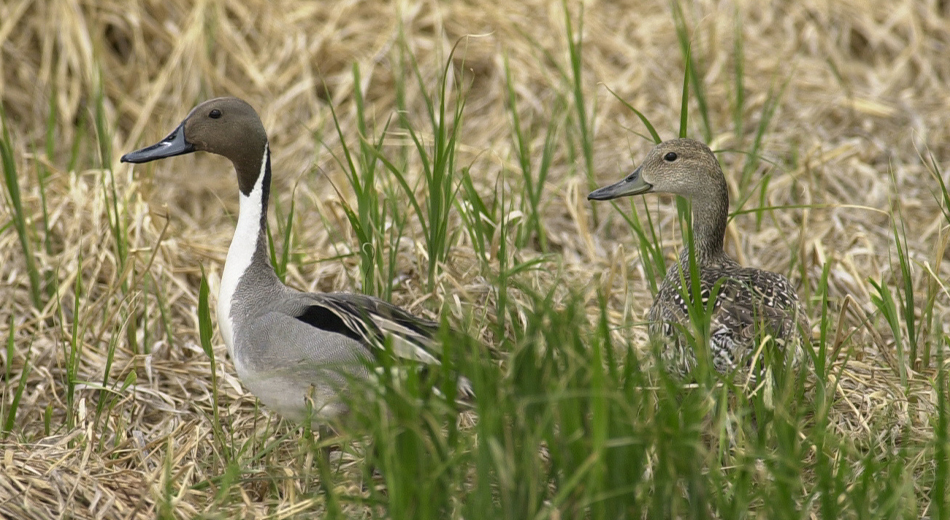
The Nomadic Northern Pintail
12/17/2025
‘Sprigs’ chart a wandering path shaped by early migrations, perilous nest options, and a changing landscape
Read more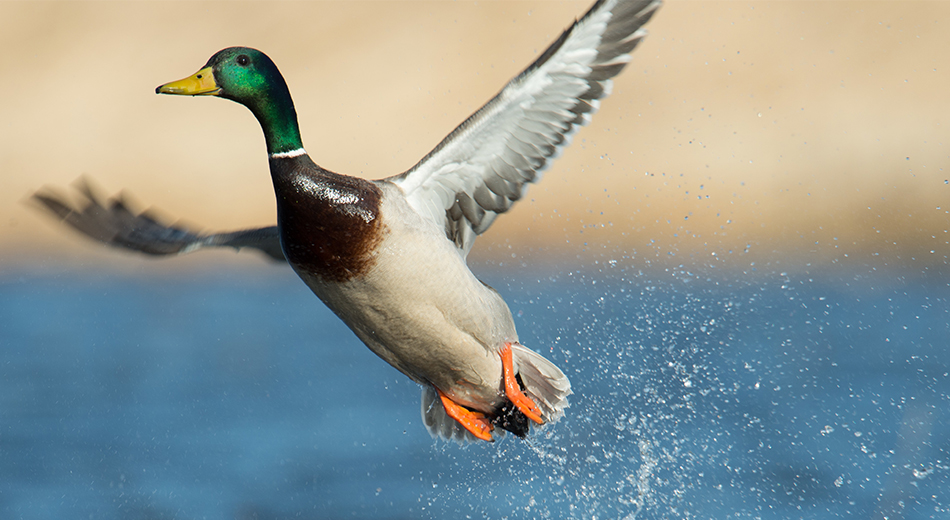
Float Your Way to More Ducks
12/17/2025
There’s a simple pleasure to guiding a canoe into the water and allowing the current do the work — and it’s a great way to drop greenheads.
Read more
Chris's Gift Giving Guide
12/8/2025
If you’re still looking for the perfect gift for the waterfowl hunter in your life, check out the list below, provided by Chris Williams.
Read more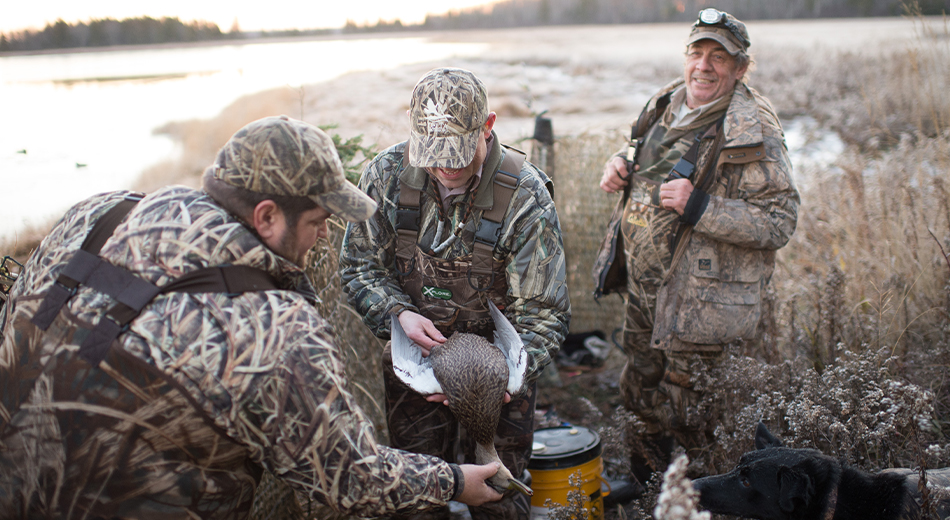
New Senate Stewardship Caucus to Protect and Expan...
11/18/2025
Vigorous Duck Production, HunteR3, and other Delta-supported efforts continue across the United States and Canada
Read more
Fresh Finds for the Duck Blind
11/12/2025
Everything you need to make this duck season your best one yet.
Read more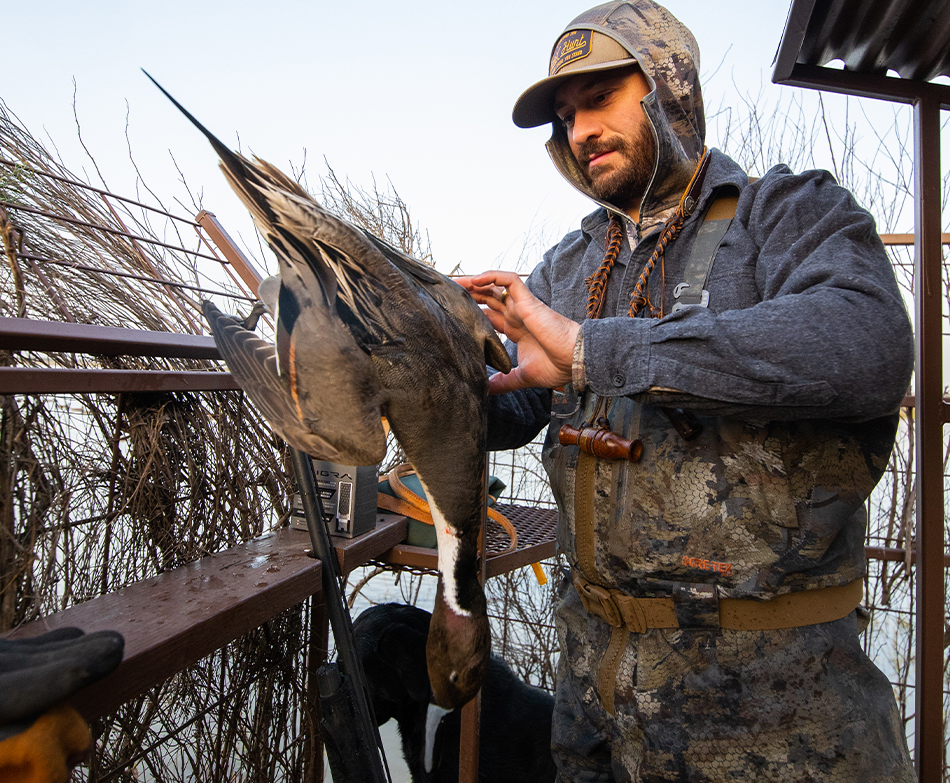
Waterfowl Hunter Numbers Drop
11/4/2025
Reports reveal slight decrease from prior season, duck harvest also dips
Read more
The Well-Equipped Mentor
10/28/2025
The pros/cons of neoprene and breathable materials can help you find the right waders for you
Read more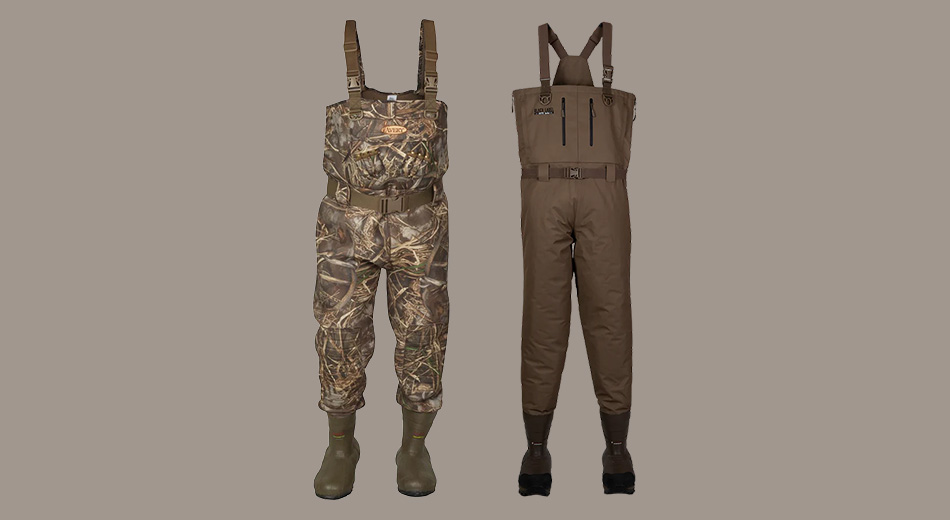
Get Wader Wise
10/28/2025
The pros/cons of neoprene and breathable materials can help you find the right waders for you
Read more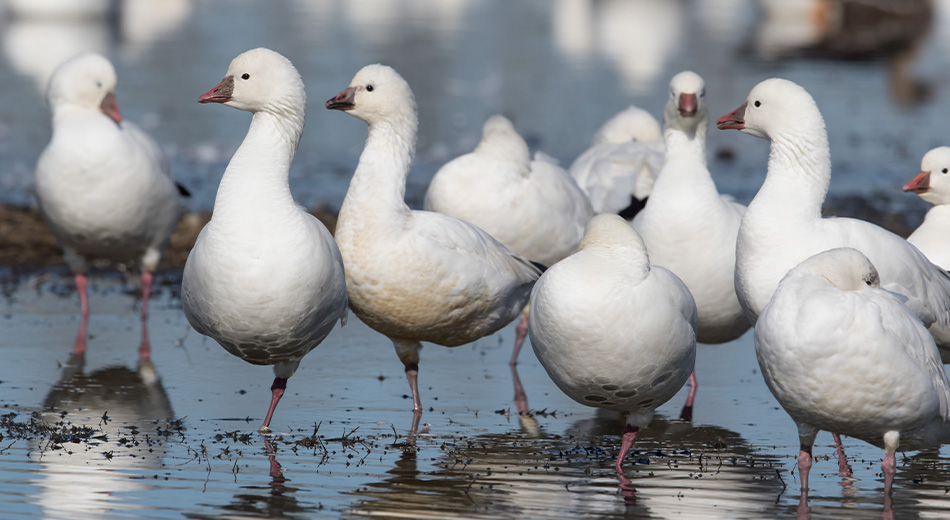
Goose Groups
10/28/2025
Are you typically able to make an educated guess about where a flock of honkers flew in from? Or where they’re headed? See if you can match each goose
Take quiz
Connecting Through Conservation
10/28/2025
Delta Waterfowl staff, volunteers, and partners bring waterfowl science to special needs students in Pennsylvania
Read more
The Heart of Hunting
10/23/2025
A first hunt reveals the strange mix of joy and sorrow that can accompany a bird in hand
Read more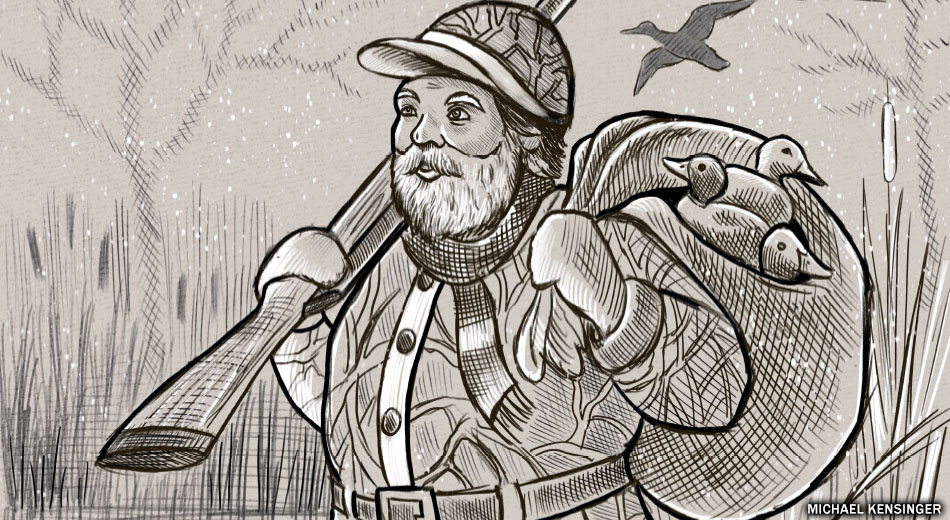
Feliz Navi-Duck
10/23/2025
Halloween, Thanksgiving, and Christmas carry added meaning for us waterfowlers
Read more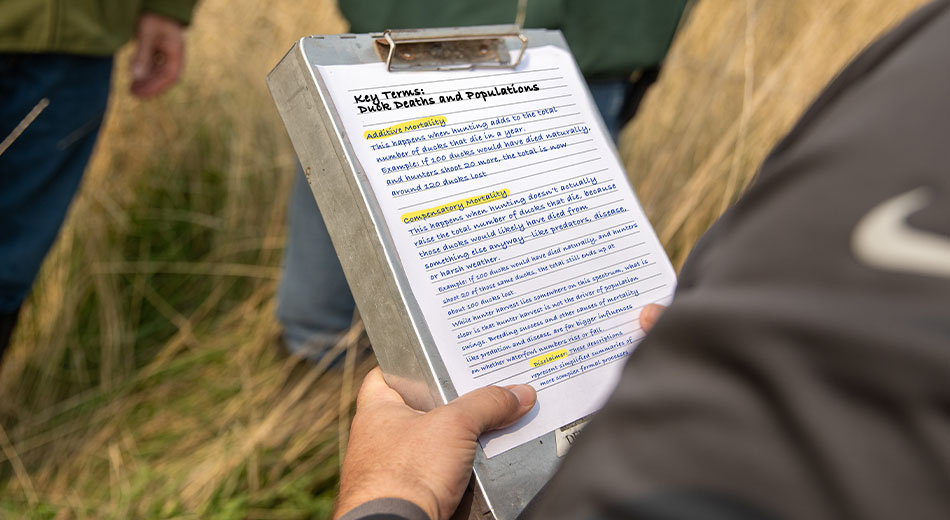
Hunt Ducks, Lose the Guilt
10/23/2025
What does the science say about the impact of hunter harvest on waterfowl populations?
Read more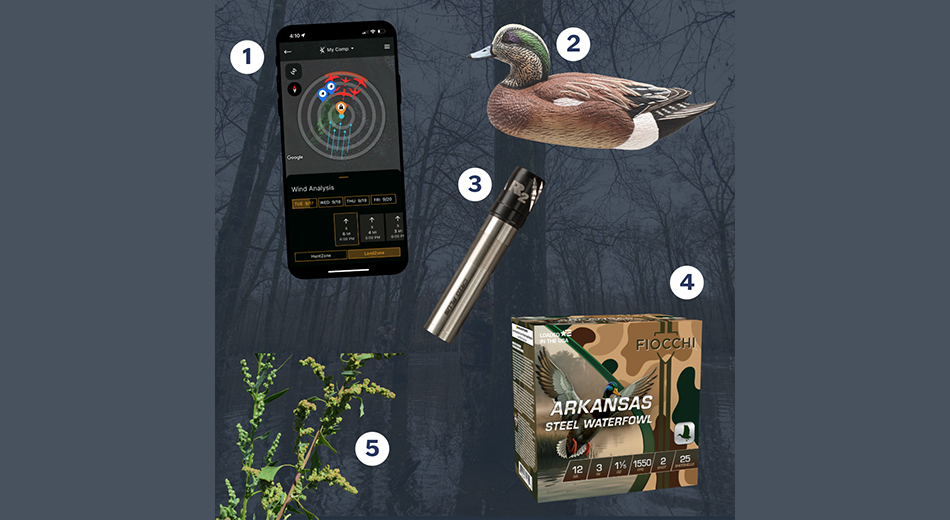
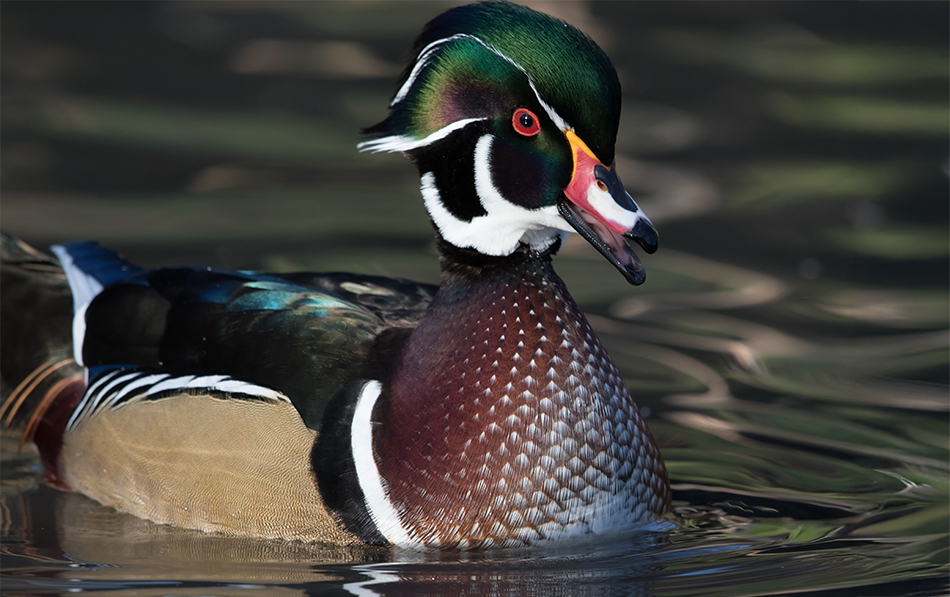
Wood Ducks on Purpose
10/8/2025
A focused approach to wood ducks demands tactics as unique as the birds
Read more

‘May I Hunt Your Land?’
9/26/2025
Gaining access to private ground takes luck, guts, and strategy
Read more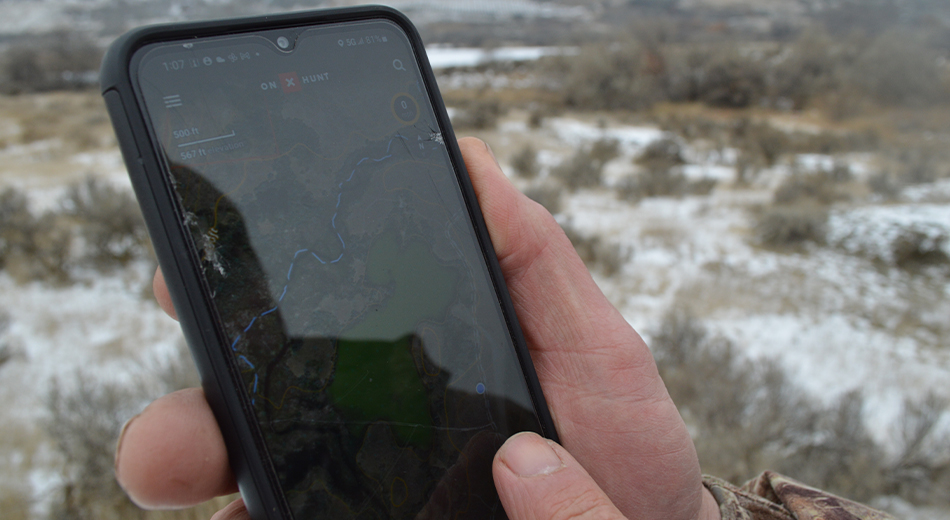
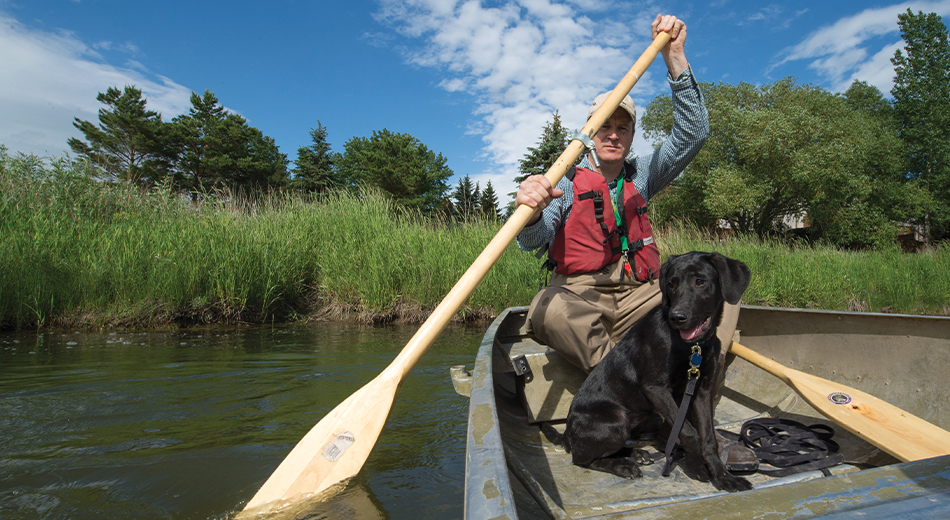
Jump-Shooting with a Retriever
9/17/2025
Teach your dog special skills to go mobile for ducks
Read more
Winning the Early Season
9/17/2025
Fill duck straps this October by using these clever strategies.
Read more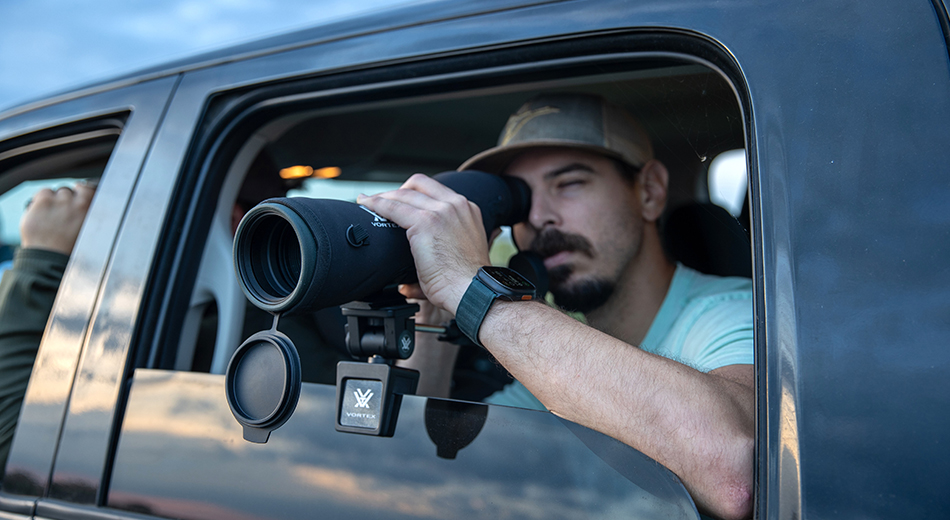
Six Quick Tips for Scouting Early-Season Honkers
8/25/2025
Here are six quick tips to get you on the birds and keep you on the birds.
Read more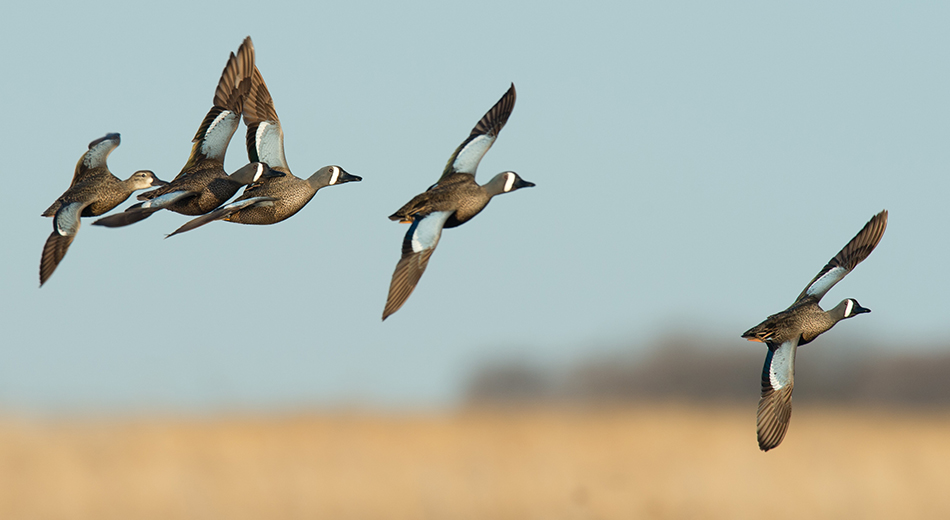
How to Hit Teal
8/20/2025
SHOTSHELL MANUFACTURERS have no greater allies than blue-winged and green-winged teal.
Read more
Shotgunning: Barrel Length Ballistics
8/20/2025
Adding or decreasing a few inches of barrel can enhance wingshooting
Read more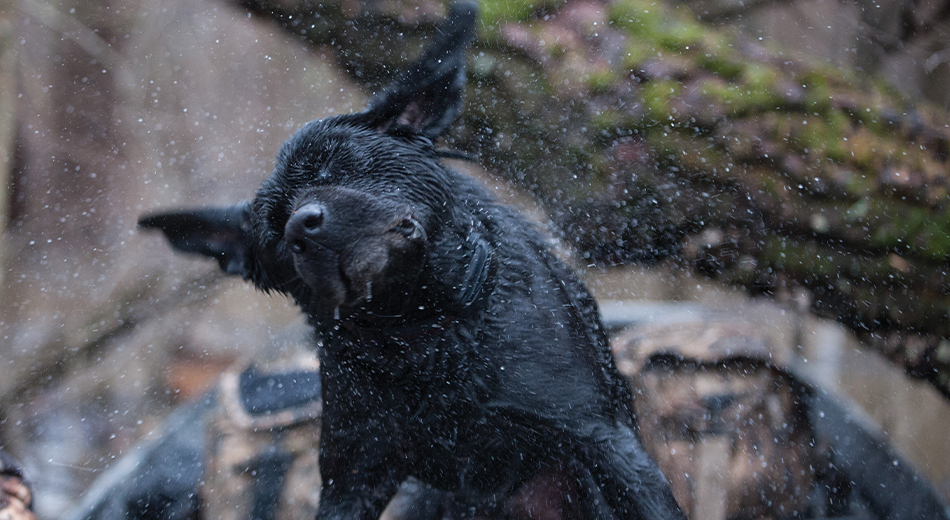
Don’t Rock the Boat
8/20/2025
Preparation and training are critical to boating safely with retrievers
Read more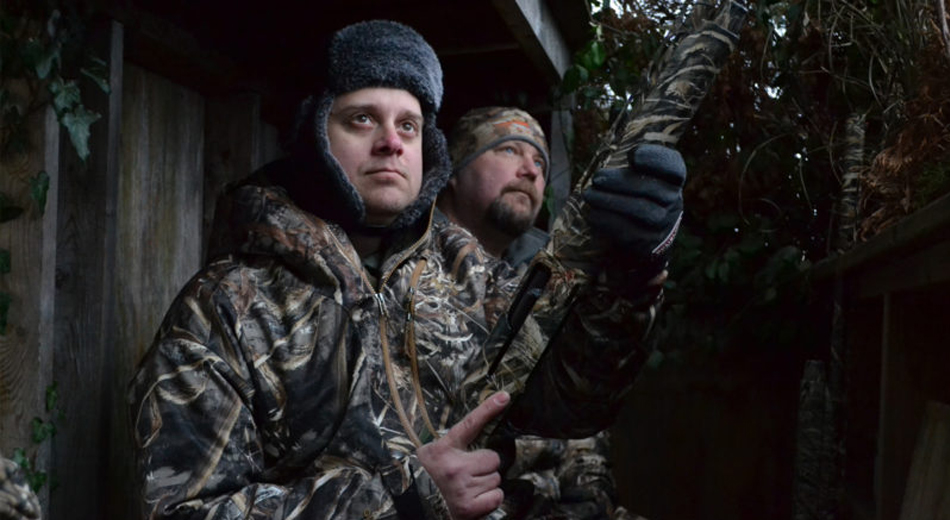
Quiz: Do You Have ‘Duck Depression?’
7/29/2025
Face it: You aren’t you when it isn’t duck season. The air seems less crisp, daily life is downright monotonous, and your significant other
Take quiz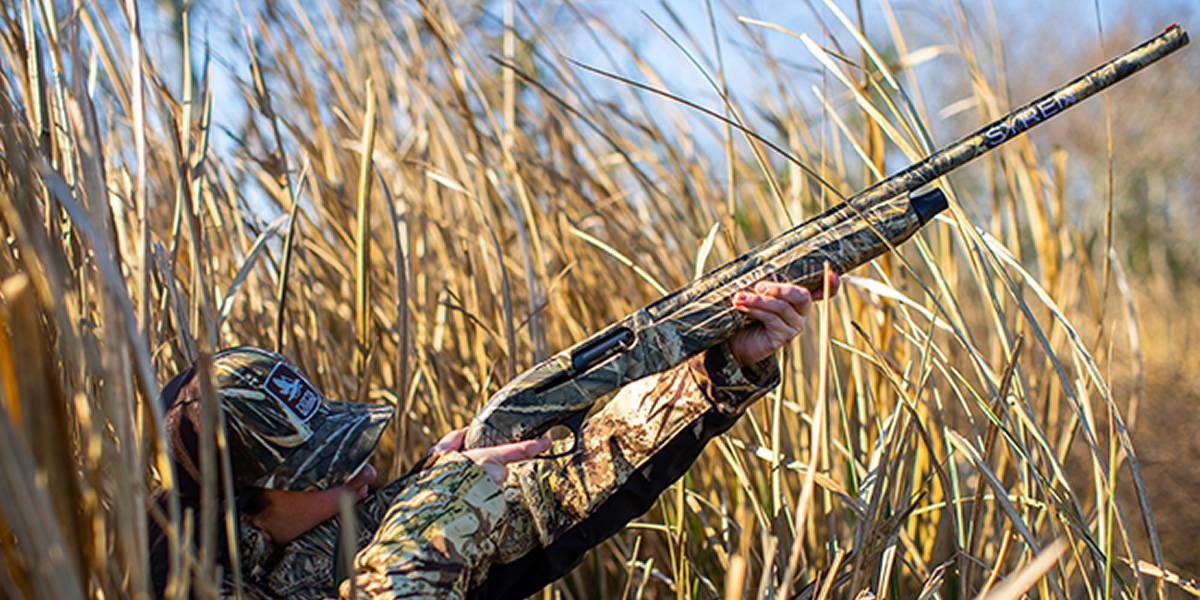

Know Your Shotgun
9/22/2022
In the first installment, we discuss how to safely operate and familiarize yourself with your shotgun.
Read more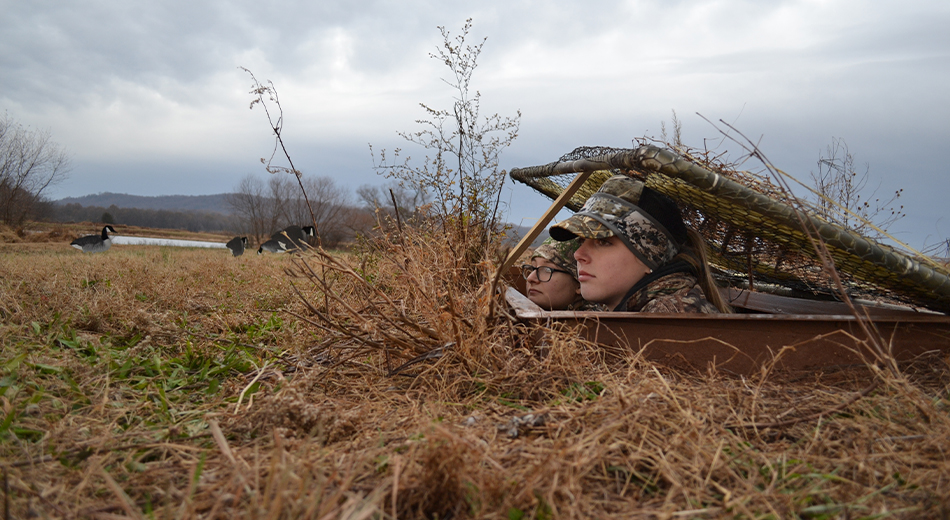
Hunting is Conservation — Let’s Keep it That Way
2/9/2022
Delta Waterfowl’s University Hunting Program teaches wildlife students about hunters’ critical contributions
Read more
Crash Landings: ‘Twas Three Weeks Before Christmas...
12/23/2021
Weary snow geese make an unexpected nighttime visit in Northern California
Read more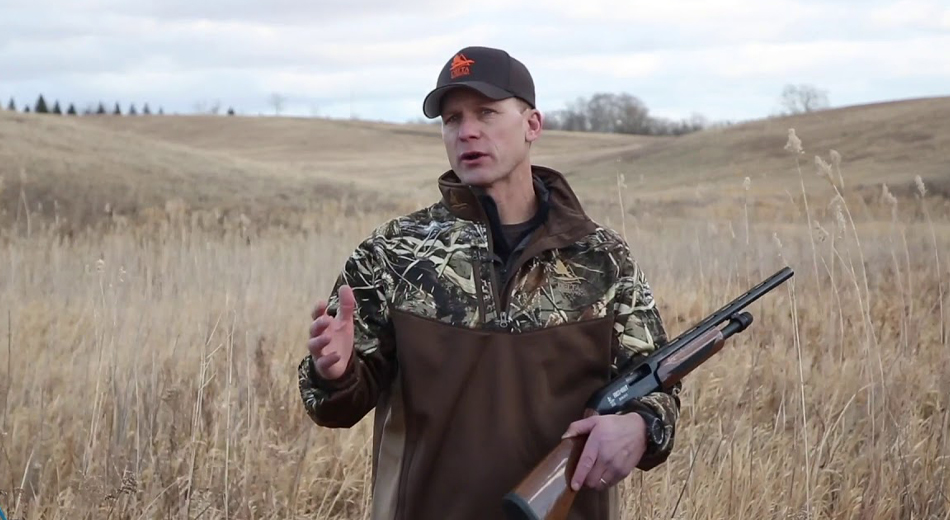
Shotgun Safety
9/16/2021
Here’s how to handle your shotgun safely and establish safe zones of fire for each member of your hunting party.
Read more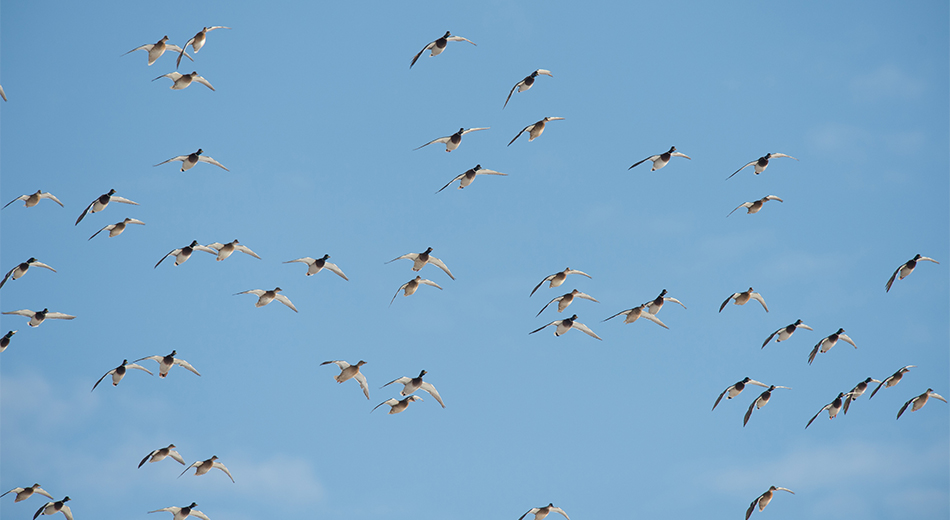
We Hunt the Fall Flight
8/20/2019
The number of young ducks migrating south is critical to hunter success
Read more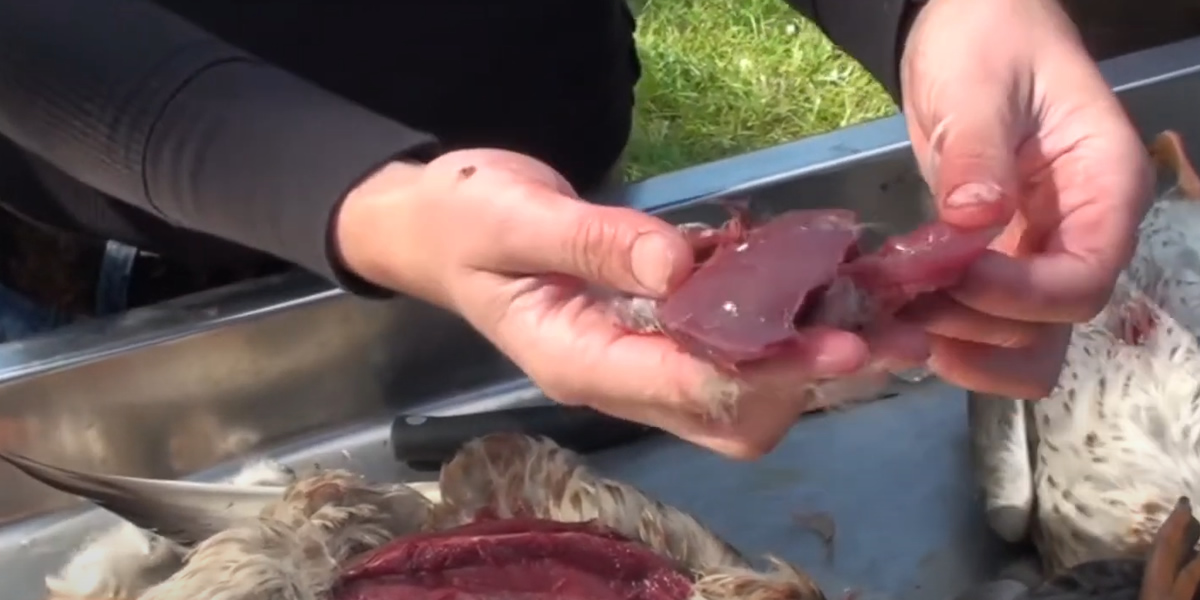
Cleaning Ducks
11/25/2018
So, you just shot a couple ducks - now what? From breasting to plucking, here are a variety of ways to prepare your birds
Read more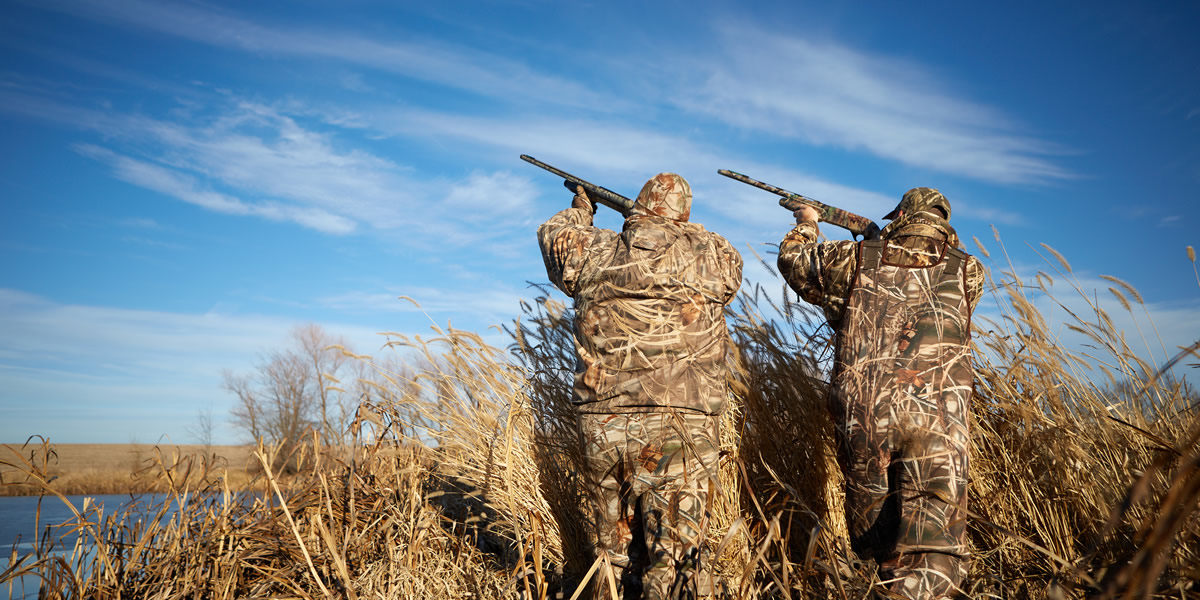
Duck Calling Fundamentals
11/22/2018
Fundamentals Here's everything you need to know to get started calling mallards and other dabbling ducks.
Read More
Boating Safety
11/15/2018
Boating Safety Duck boats tend to be loaded with a lot of gear and used in fairly challenging conditions.
Read More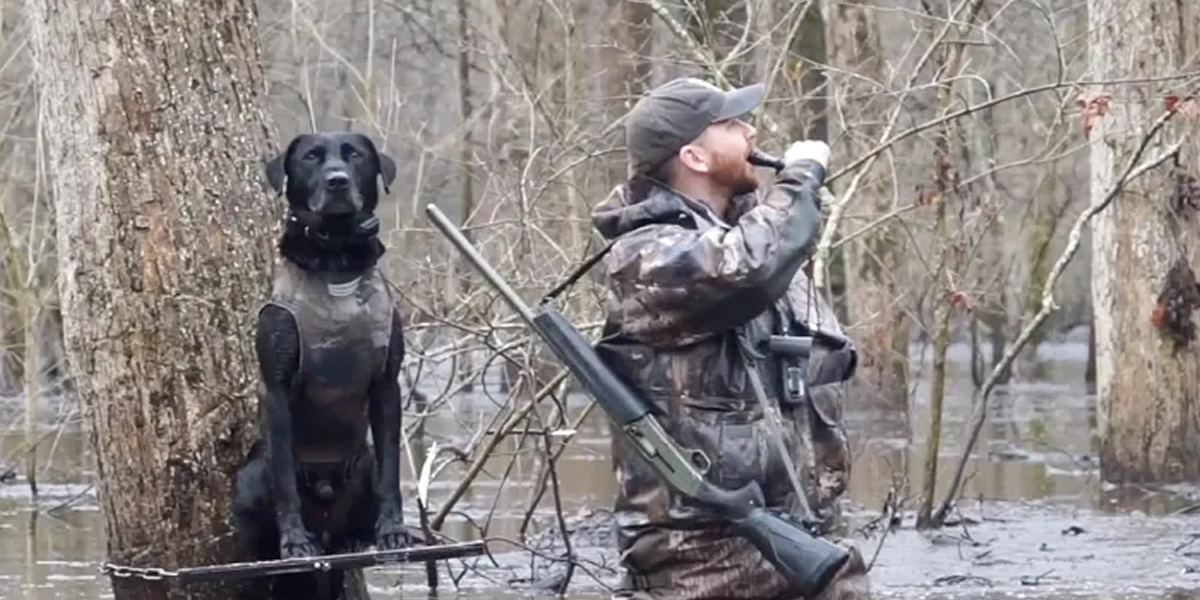
Choosing a Duck Call
11/15/2018
This handy guide to the different types of duck calls will help you determine the right one for you.
Read More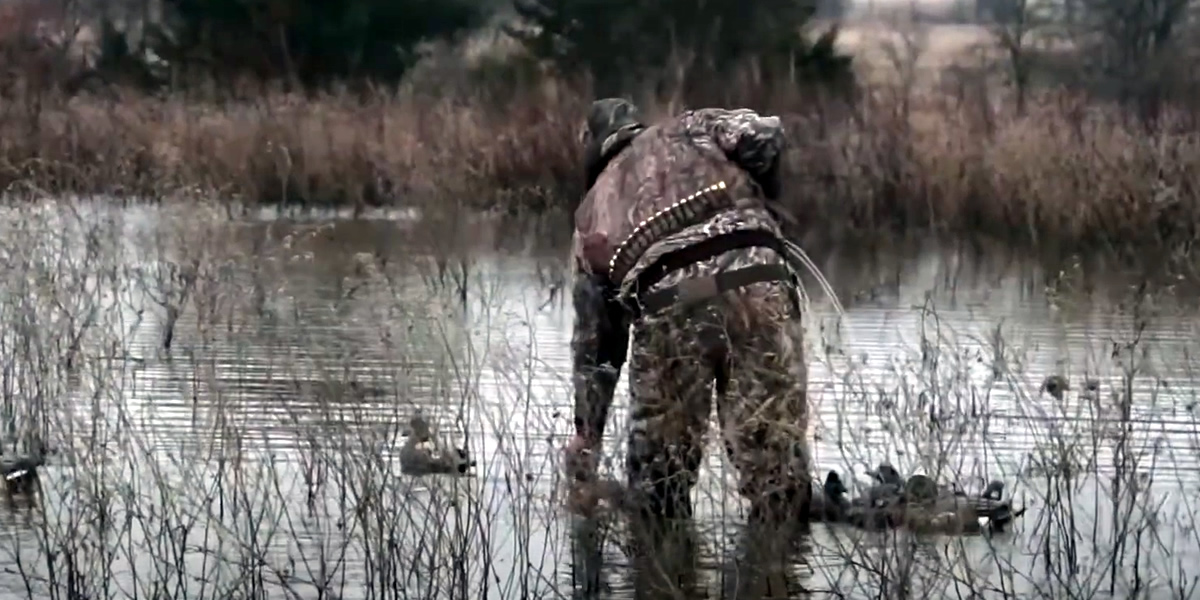
Weather Safety
9/8/2018
Cold weather often leads to good duck hunting, but winter storms and sudden weather changes can be hazardous.
Read More